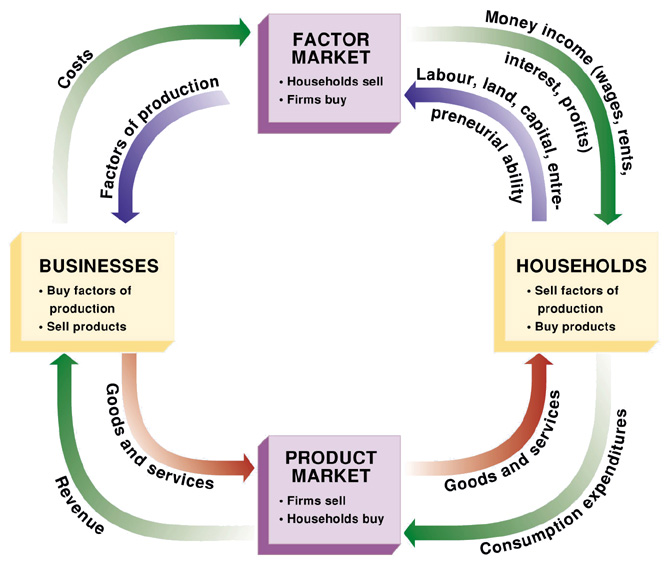population- number of people in a country
labor force- number of people in a country that are classified as either employed or unemployed
groups
employed: 16 years of age or older and has a job
must work at least one hour every two weeks
unemployed: 16 years of age or older that does not have a job, but have actively searched for a job in the last two weeks
not in labor force
- kids, full- time students
- institutionalized ( mental institutions)
- incarcerated ( prison)
- disabled
- retirings
- military personnel
- stay at homes
- discouraged workers ( failed to look for a a job)
Unemployment Rate Formula
# Unemployed
________________ *100
Total Labor Force
Frictional Unemployment
-temporarily unemployed or ( in between jobs)
- qualified workers with transferable skills
Structural Unemployment
-changes in the structure of the labor force makes some skills obsolete
-no transferrable skills
-jobs will not come back
-creative destruction
-jobs created, other jobs destroyed
ex: VCR repairmen
Seasonal Unemployment
-due to time of the year
ex: lifeguards, bus drivers
Cyclical Unemployment
-unemployment that results from economic downturns such as depression
-as demand for goods and services fall, demand for labor falls and workers are laid off
full employment
4 to 5% unemployment
if there is no cyclical unemployment
NRU ( natural rate of unemployment) frictional + structural employment
Okun's law- when unemployment increases by one percent above the natural rate of unemployment. then GDP falls by 2%
Rule of 70- the number of years that is required for GDP to double
